
A company could have the exact same product, but the way it markets the product to their target audiences will determine its success.
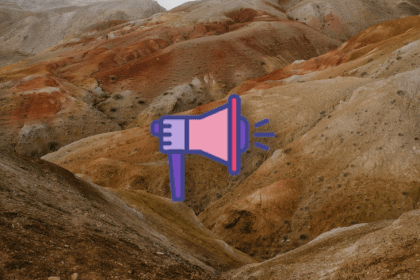
Nothing beats chatting with your stakeholders on a regular basis. And with some structure, you’ll produce even more extraordinary results.

Product service management, or service productization, refers to the extension of the product operating model to a service business.
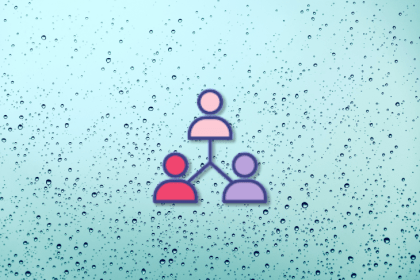
Social proof is the psychological mechanism that influences our decision making based solely on the feedback from others.
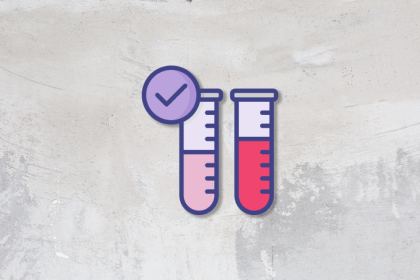
Linear CEO Karri Saarinen made waves when he said his product teams “don’t do A/B tests.” While A/B testing can sometimes limit creative problem solving, it’s still a quick and inexpensive way to validate assumptions in many scenarios.
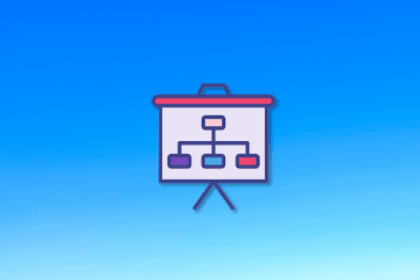
A simple and concise case study shows what your product or service did for your audience, or how your product improved someone’s life.
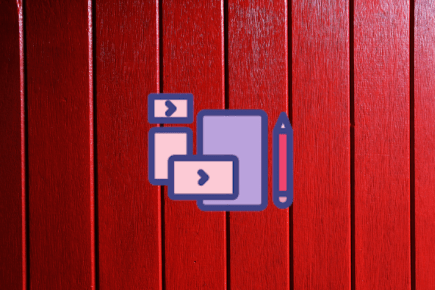
Product design is the process of creating, improving, and maintaining products that solve customer and/or user needs.
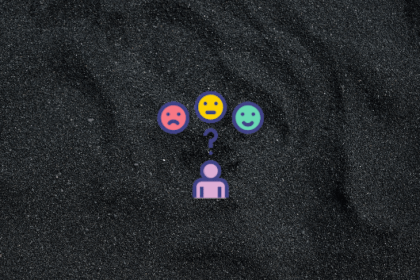
A product qualified lead is a potential user who has experienced value from your product firsthand, often from using a product trial.

Distribution channels are the methods or platforms that allow your product to reach and be accessed by its target audience.
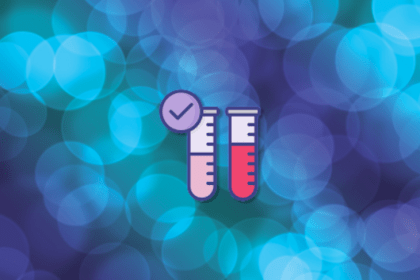
Product testing is the systematic process of evaluating and assessing a product’s quality, performance, safety, and compliance.

A referral program is a product growth strategy to encourage retained users to introduce your product to new potential users.

Psychographic segmentation is a technique where segments are defined based on psychological traits that influence product adoption.